What is a solar bollard light
A solar bollard light is an off-grid, multi-functional outdoor light fixture designed to provide driveway and pathway lighting for safety and security purposes and, in many instances, for aesthetic enhancement and ornamental decoration of a property as well. Bollard lights have been used extensively in urban, industrial, landscaping and architectural applications to illuminate driveways, paths, sidewalks, walkways, patios, parks, golf courses, recreational activity sites and building entryways. The outdoor fixture traditionally serves as a clear visual barrier to direct vehicular traffic or to delineate pedestrian paths. Today almost all bollards are created to be architecturally adaptable and to reinforce both the daytime and nighttime beauty of the landscape.
Design and construction
A solar bollard light is designed and constructed in a similar manner with line-operated system except for the addition of a solar photovoltaic system. The bollard is mounted on a cast aluminum anchoring system. Its housing is constructed with a cast/extruded aluminum or stainless steel body and an upper portion that accommodates the optical assembly. The upper portion of solar bollards usually come with a flat top where the solar module is mounted. The solar module is made of monocrystalline or polycrystalline silicon cells. Polycrystalline solar panels are much cheaper but are not as efficient as monocrystalline solar panels. The choice of solar panels depends on the available surface area for collection of solar energy as well as the cost budget.
Solar power system
During the day, electricity generated by the solar module is supplied to the battery via the solar charge controller. The battery chemistries used in solar bollards include lead-acid, nickel-metal-hydride (NiMH) and lithium-ion (Li-ion). Lithium-ion batteries have become the most common choice due to their high charging efficiency, high capacity, low self-discharging rate, excellent deep cycle performance, and long cycle life. However, the high energy densities coupled with the use of flammable organic electrolyte create challenges for protecting Li-ion batteries from thermal runaways which can be caused by physical damage, electrical abuse, and exposures to elevated temperatures. Solar charge controllers play a key role in ensuring the rechargeable battery is cycled under conditions which do not have performance degradation over its rated service life. The electronic circuit monitors and regulates the power in and out of the battery in order to limit overcharge and overdischarge.
Lighting system
The optical system of a bollard light is typically designed to direct light downward for a pleasing uniform wash of light onto walkways and pathways. Solar bollard lights use an LED light engine that allows light to be aimed precisely for exterior way-finding, architectural accents or landscape illumination. Solar powered LED bollard lights do not experience power conversion loss as LEDs operate on direct current (DC) power discharged by the battery. This nature, combined with the use of high efficacy LEDs, allows solar LED bollards to deliver an autonomy significantly longer than traditional solar bollard lights. To maximize energy efficiency, the LED light engine can be configured to work with an integral motion sensor and photocell.



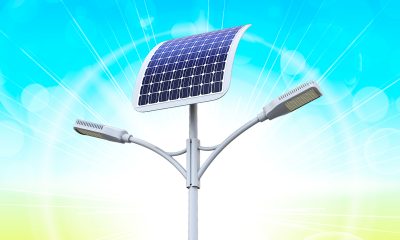
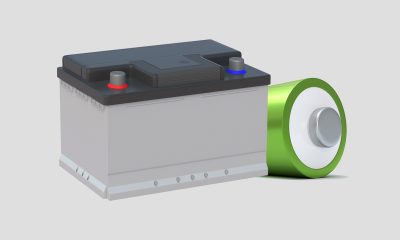


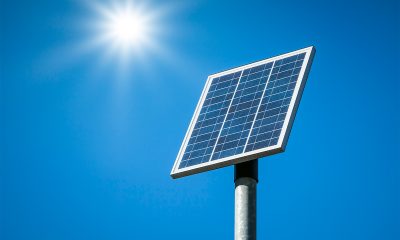

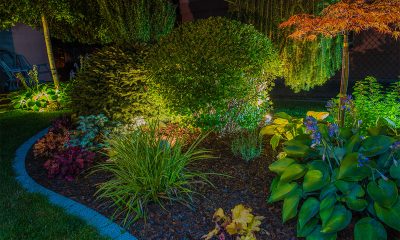
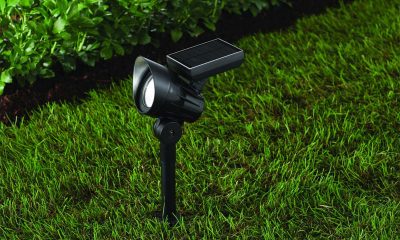
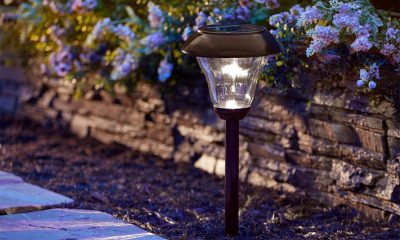
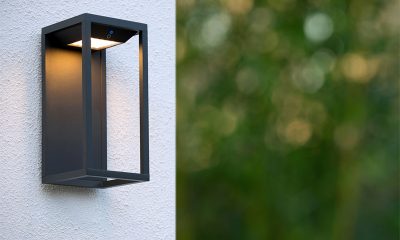
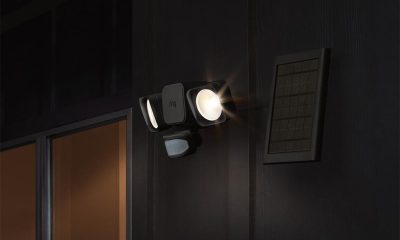





Loading...